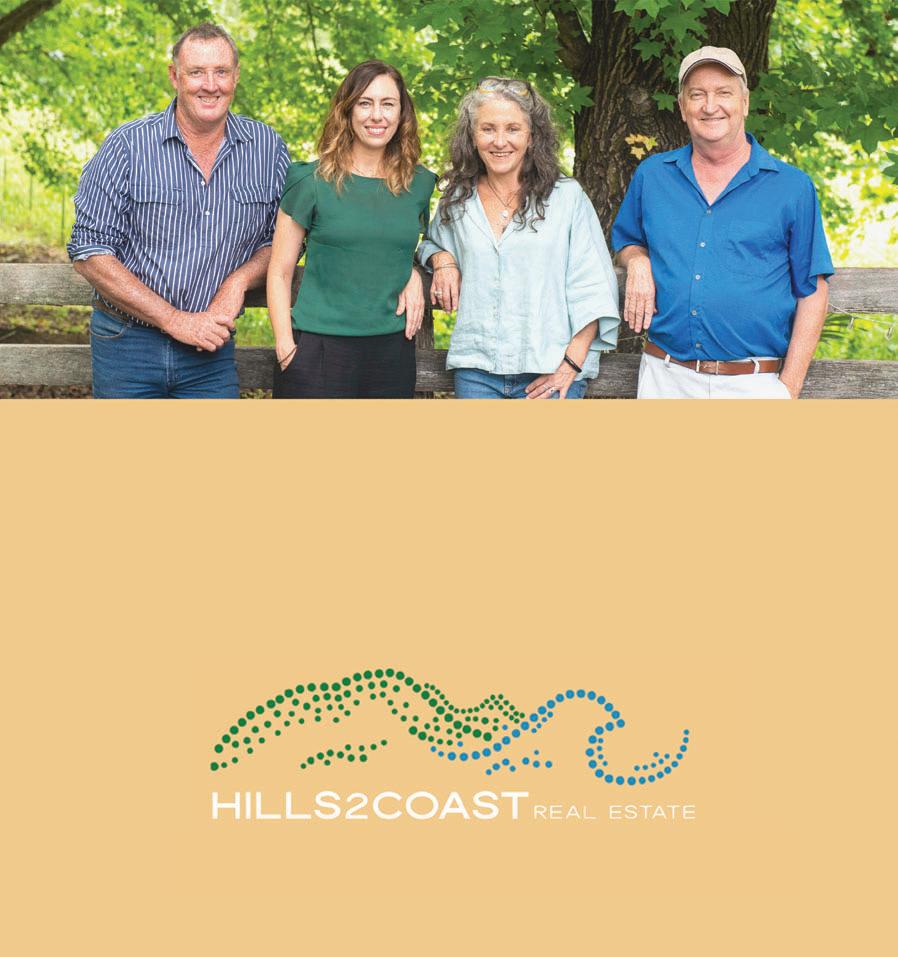
4 minute read
Real Estate
Higher costs for essentials and debt and ‘double whammy’ for households
As universally expected, the RBA made the decision to raise the cash rate at their June meeting, however the 50 basis point hike was larger than expected.
The latest move takes the overnight cash rate to 0.85%.
With underlying inflation moving sharply higher to be up 3.5% over the year, the RBA’s heavy lifting on the cash rate still has some way to go, with interest rates likely to consistently rise through the second half of the year and into 2023.
With the cash rate up, it’s highly likely variable mortgage rates will rise by the same or a similar amount over the coming week, taking the average variable interest rate for a new owner occupier loan to around 3.16%. Together with the 25 basis point increase handed down last month, the cumulative 75 basis point lift in mortgage rates will add approximately $200 per month in additional repayments on a $500,000 mortgage compared with mortgage rates in April.
While higher interest rates will lower borrowing capacity, less household savings and tighter balance sheets will also weigh on serviceability assessments for prospective borrowers, adding to diminished demand for home purchases.
Settled sales estimates from CoreLogic indicate dwelling sales over the three months to the end of May were -19% lower than at the same time a year ago.
A similar trend can be seen in home lending data from the ABS, where the number of new mortgage commitments is also trending lower.
In a double whammy for indebted households, the additional cost of debt comes as nondiscretionary inflation rises at more than twice the pace of prices for discretionary goods.
Higher costs for food, fuel and finance are likely to see household savings continue to taper as families funnel more of their income towards servicing their mortgage and funding essential costs of living.
For housing markets, higher mortgage rates add further downside risk to values, which are already trending lower, such as the case in Sydney and Melbourne, or losing steam in the rate of growth across most other markets. Importantly, home values were already easing well ahead of a rising cash rate.
A combination of higher fixed mortgage rates, lower consumer sentiment, tighter credit conditions and worsening affordability have all played a role in the slowdown to-date.
While we expect the housing downturn evident in Sydney and Melbourne will gradually spread to other regions, the trajectory for this will depend on how fast and how high interest rates move and normalise, along with the performance of the broader Australian economy and labour market.
A stronger economy, along with the tightest labour market conditions in a generation, should help to ensure the ensuing housing downturn remains orderly.
Opening doors for more frst home buyers
First home buyers will be able to choose between an upfront payment or a smaller annual property tax under reforms that will help make home ownership achievable for more NSW residents.
The First Home Buyer Choice is part of an integrated multibillion dollar housing package announced in the 2022-23 NSW Budget to deliver quality, accessible and affordable housing across NSW.
Premier Dominic Perrottet said one of the Government’s priorities is to make home ownership a reality for more NSW families.
“We want to lower the barriers to owning a home for frst home buyers seeking a place of their own,” Mr Perrottet said.
“In the past two decades, the share of frst home buyers under 35 years of age has declined from 67 per cent to 61 per cent. Lifting home ownership is part of this Government’s efforts and ambition to help families who are feeling the squeeze.
“The First Home Buyer Choice will remove one of the largest upfront costs to buying a home and help deliver a brighter future for frst home buyers.”
Treasurer Matt Kean said the NSW Government had allocated $728.6 million over the next four years to help frst home buyers get a foot on the property ladder.
“We know that frst home buyers are being forced to enter the property market later in life and this reform will make the property market more accessible for them,” Mr Kean said.
“It will mean more NSW residents will get into their frst home at an earlier age and achieve the great Australian dream of home ownership.”
For a NSW household with the median income that saves 15 per cent of their income, stamp duty adds about two years to the time required to save the up-front costs of the median NSW dwelling.
The property tax option will be available for properties for up to $1.5 million, helping a broader group to become frst home buyers. Together with existing frst home buyer initiatives, the Government will offer support to about 97 per cent of all frst home buyers, or about 55,000 people per year.
For more information, visit https://www.nsw. gov.au/initiative/frsthome-buyer-choice

Grant Rossiter - Sam Burcher - Jacqui Smith - John Wilcox -








